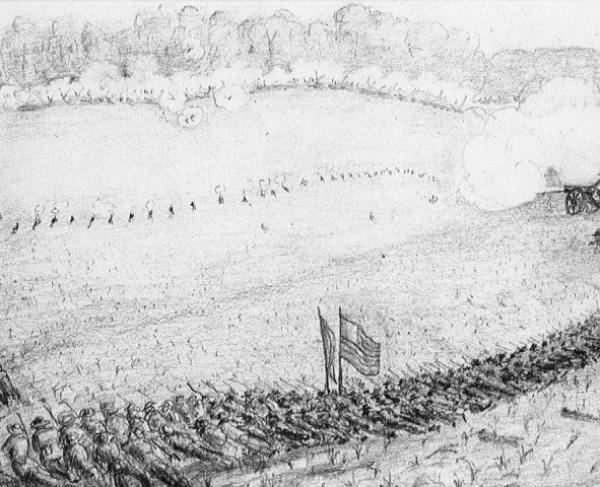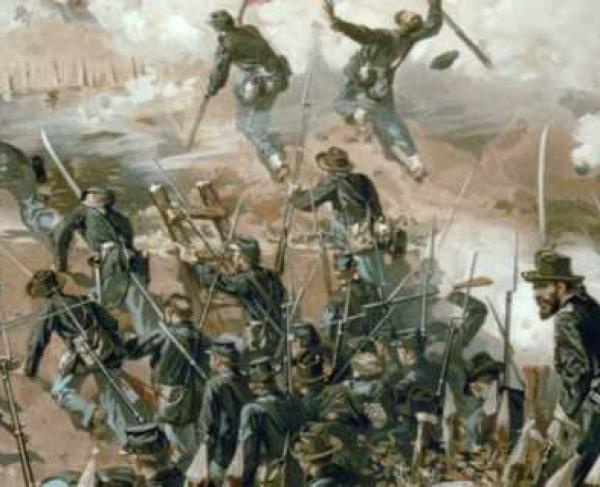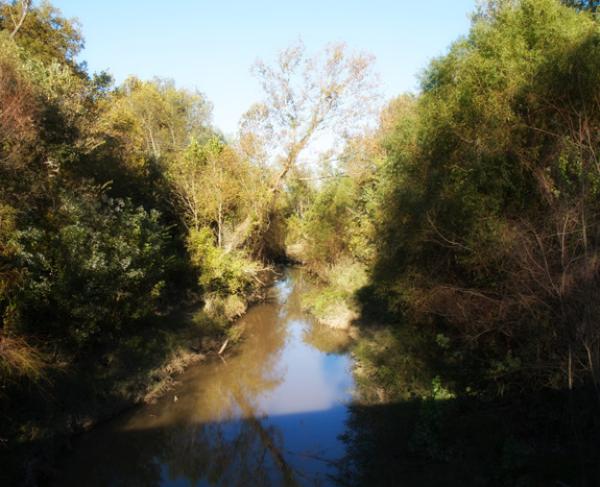Saving Champion Hill
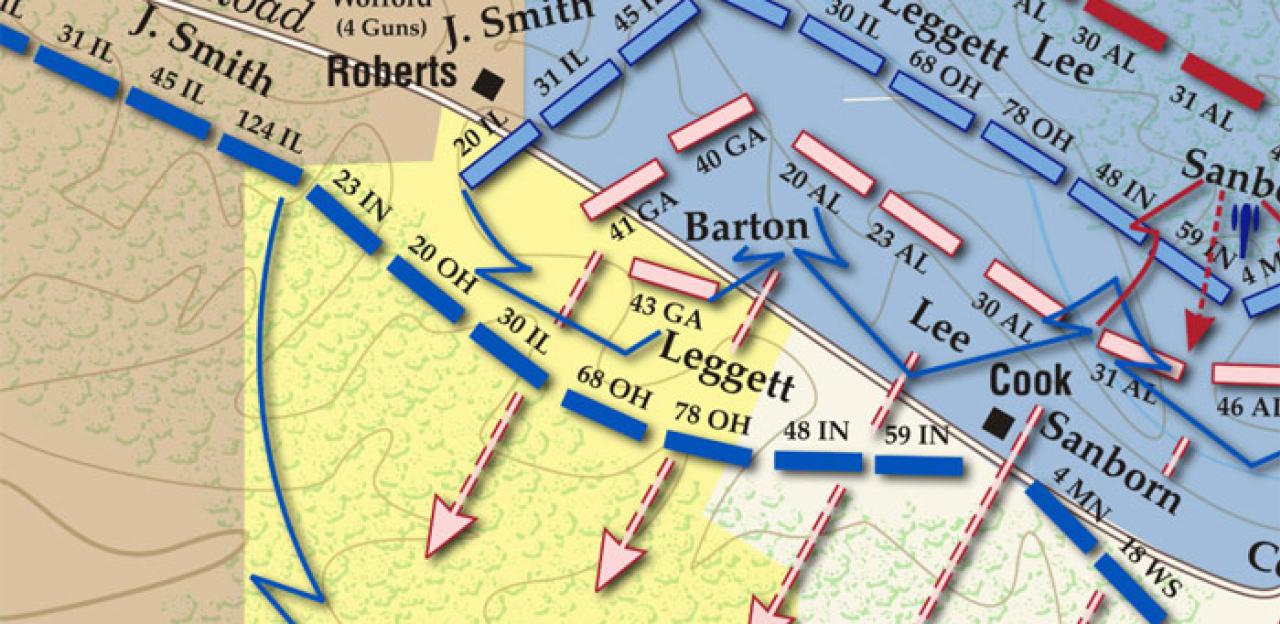
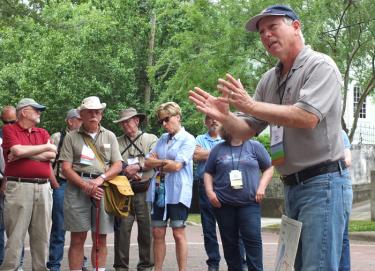
With Grant’s army marching unchecked through Mississippi, Confederate General John C. Pemberton left the Vicksburg defenses, hoping to prevent the Federals from severing the railroads that fed the fortress city. The two armies met on May 16, 1863, in a ferocious firefight that raged primarily over high ground owned by Sid and Matilda Champion. After a fierce struggle, Grant’s army drove the Confederates off of Champion Hill and back to the relative safety of their fortifications Vicksburg, setting the stage for the siege that ended with the city’s capitulation on July 4, 1863.
The Battle of Champion Hill is widely recognized as the largest, bloodiest, and most decisive battle of the Vicksburg Campaign. However, despite its importance, the battle is often overlooked due to the geographic and chronological proximity of Vicksburg. Although the Champion Hill area remains quite rural, threats to the integrity of the battlefield have begun to accelerate over the last few decades. While large swaths of the battlefield remain unprotected, the Civil War Trust and its partners have made some impressive strides in the last twelve years in preventing development on this hallowed ground.
The Civil War Trust’s first major success at Champion Hill came in 2003, with the purchase of an easement on 200 acres near the western edge of the battlefield, land that was later transferred to the State of Mississippi.
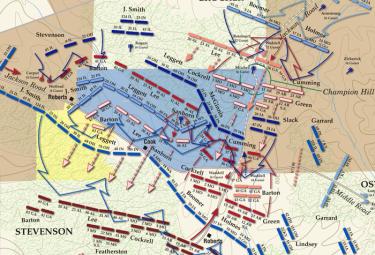
Three years later, Terry Winschel, historian at Vicksburg National Military Park, happened to make two visits to the Champion Hill battlefield in quick succession. On the first visit, everything appeared normal. Several days later, a “for sale” sign had popped up near what had been the western flank of the Union and Confederate lines on the afternoon of May 16th. Winschel called the realtor, who told him it wasn’t too late to make an offer, and then contacted the Trust for assistance. We were able to purchase 55 acres of intact battlefield land, bordering the wartime Jackson Road (now Billy Fields Road), ensuring that developers—who could destroy the historic integrity of the land—would not purchase this hallowed ground.
A century and a half after the battle, Sid Champion, (great great grandson of Sid and Matilda Champion) recognized the crucial historical importance of the land on which his family had farmed for five generations. Working with the Champions, the Civil War Trust was able to arrange a conservation easement on the 144.7-acre property, which prevents future development while allowing Sid and his relatives to retain ownership of their family’s land. Solutions like this play an important role in preservation efforts by allowing landowners to protect hallowed ground without losing their family homes. “I'm relieved to know that the sacrifices that were made here at Champion Hill will continue to be recognized and protected for future generations,” Sid Champion said.
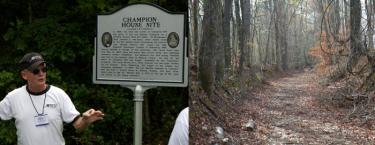
Not all preservation successes have to be massive tracts of land. In 2008, the Trust purchased a 3.2-acre property at Champion Hill from a local landowner who wanted to ensure that this hallowed ground would be properly protected. Although the acreage might be small, this piece of land encompasses the entire southeast corner of the junction of the Jackson, Middle, and Ratliff Plantation roads. The fighting here was so fierce that Captain James Waddell’s four-gun Alabama Battery changed hands three times, as the guns were captured, recaptured, and then finally abandoned when the Confederate line was broken. This strategically important crossroads was central to the fighting on May 16, 1863, and preserving it represents an important step in maintaining the historical integrity of Champion Hill.
Still, despite all the work that has been done, large sections of the land on which so many Americans fought and died remain unprotected. A further 66 acres, marked in yellow on the map below and bordering already-saved land, are now in danger. We must act quickly to ensure that this central parcel on a key battlefield of the Vicksburg Campaign does not fall victim to development. To learn more about this hallowed ground, and how you can help save it forever, click here.
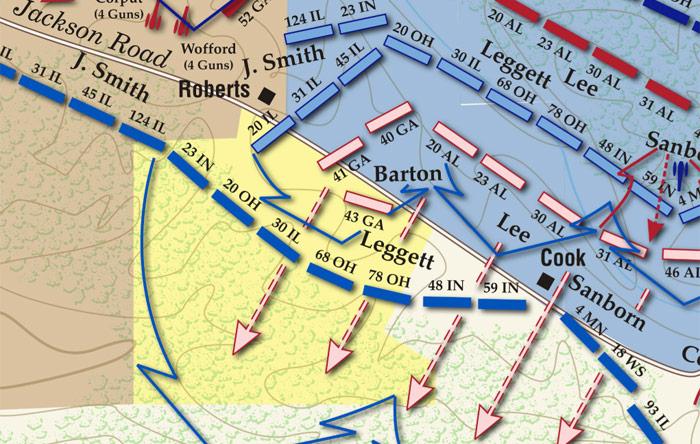
Related Battles
2,457
3,840
